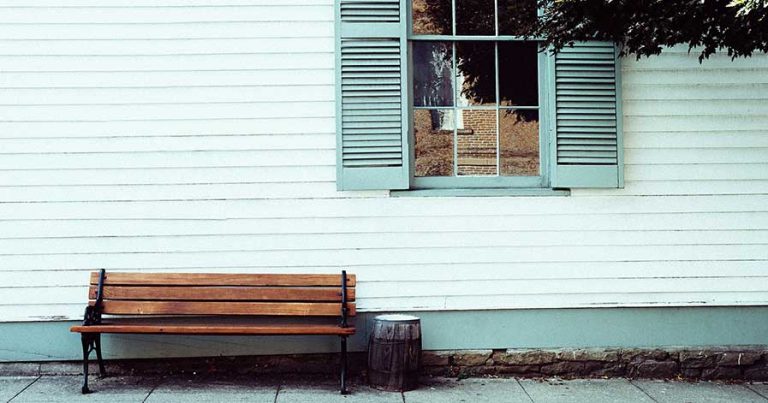From the Bookstore to Your Bookshelf, Here’s How to Keep Used Books in Mint Condition
How to Clean Used Books
Book lovers everywhere can relate to enjoying a good read. The problem is if you use a book exchange or go to a second-hand bookstore, you tend to end up with books that may have grime on them. This takes away some of the pleasure of being able to dive right into its covers, but help is at hand, as we teach you how to clean used books. Follow our easy home cleaning tips to get your books into acceptable shape. They might not be sparkling clean once you are done, but at least they will be hygienic enough to hold.
What Products Do You Need?
First, gather all the books you want cleaned in one place. Make sure to also grab several soft clean cloths, strips of paper towel, baking soda, a razor blade, vulcanized rubber dirt eraser and a bowl of warm water with a touch of dish cleaning liquid. You will also need a handheld vacuum cleaner and a small brush with soft bristles.
Purchase hydrogen peroxide or denatured alcohol, a new toothbrush and document cleaning pads to round off your cleaning tools. Clear enough space on a large table. Place a cloth on the table to protect the table and the books.
Make sure to set up the workspace in an area with sufficient light, or use a bright light to help you see the finer details that need work.
The Testing Phase
Test each book separately to check how it reacts to cleaning materials, such as the soapy water and the document cleaning pads. Some books are more delicate than others, so start with those that appear to be made from a more robust material.
Dab a lightly moistened cloth on the back page to see how it reacts. You should not wet the paper, but rather lightly wipe the dust off. Make sure to do this after it has been dusted with a dry cloth or after being vacuumed, otherwise you are simply going to smear dirt into the paper.
Cover the vacuum nozzle with a clean cloth that is secured with a rubber band to do a test run to suck up dirt off the outer surfaces of the book. If there is no adverse reaction to these methods or the document cleaning pads, you are good to go.
How to Safety Remove Dust
Take each book and systematically vacuum the dirt off of the outer surfaces. Remember to cover the vacuum nozzle with clean fabric that has been secured with an elastic band. Lightly drag the vacuum cleaner over each book, then place them to the side.
Always treat your books as gently as possible because some are more delicate than others. Typically, once you have done the first clean, it will still feel as if there is a layer of dust coating the surfaces of the books.
If you have any allergies, you may want to wear a protective mask and eye gear to protect yourself from any dust mites, motes and other germs lurking in the dust.
How to Clean the Inside of a Used Book
Remove each book’s dust cover and turn these onto their spines so that they are facing you. Gently use the vacuum cleaner to suck up any dust that may have collected between the pages. Use a soft-bristled brush to follow up each vacuum to lightly brush the dust from between the pages.
You may also want to consider using a non-abrasive cloth to wipe pages individually if you feel the pages are too delicate to withstand vacuuming or brushing. Once most of the dust has been removed, use your document cleaning pads to eliminate the last bits of caked-on grime.
Use the pads by gently squeezing a layer of powder over the area to be cleaned. Finish up with a light scrub using a soft bristle brush or cloth.
Cleaning Mildew Off Your Books
You definitely want to wear a mask when working with molds. Apply a separate brush to remove molds and mildew from books wherever you see it growing. Do not use the same brush on other books as this will spread the microorganisms.
If brushing is insufficient to clean the mold off the books, use a soft cloth dipped in denatured alcohol to gently wipe off mold where visible. Use separate pages with wax paper sheets to prevent the spread of the mold. Allow each surface to dry properly before moving to the next after wiping down with the alcohol or hydrogen peroxide.
These solutions help to clean mold off of surfaces and they can also kill residual microorganisms. Place the book on the bottom of a container and pack activated charcoal around it for up to five hours. Activated charcoal or baking soda absorbs unpleasant odors. Prevent the activated charcoal from having direct contact with the book.
Removing Grease, Grime and Stains
You can use paper towel to absorb grease marks and spots. Simply place the towel over the dirty area and place weight on it for several hours to remove the grime. Repeat the process for the best results. Grime is dust plus anything else that has made book surfaces uneven and unpleasantly dirty.
If this does not do the trick, try placing your books in the freezer to solidify grimy chunks, which can then be carefully removed with a razor blade. If document cleaning pads do not remove stains, the next step is to try a vulcanized rubber dirt eraser.
Gently rub the surface with the eraser to remove stains. An absorbent putty is another product that helps to remove stains if the eraser does not work well. Lightly dab the pink putty over stain marks until they are gone. It is equally good for dust removal.
How to Remove Stickers and Glue From Book Covers
Remove stickers or glue by coating a cloth with olive oil; you can spray it on the cloth. Gently rub the cloth over the surface area until the glue disappears. Use a clean cloth to remove any oil residue that remains.
Use stain removal methods if the oil has left a mark. If the book is a collector’s item, then do not attempt this cleaning method at home. Rather, take the book to a professional to preserve its value.

